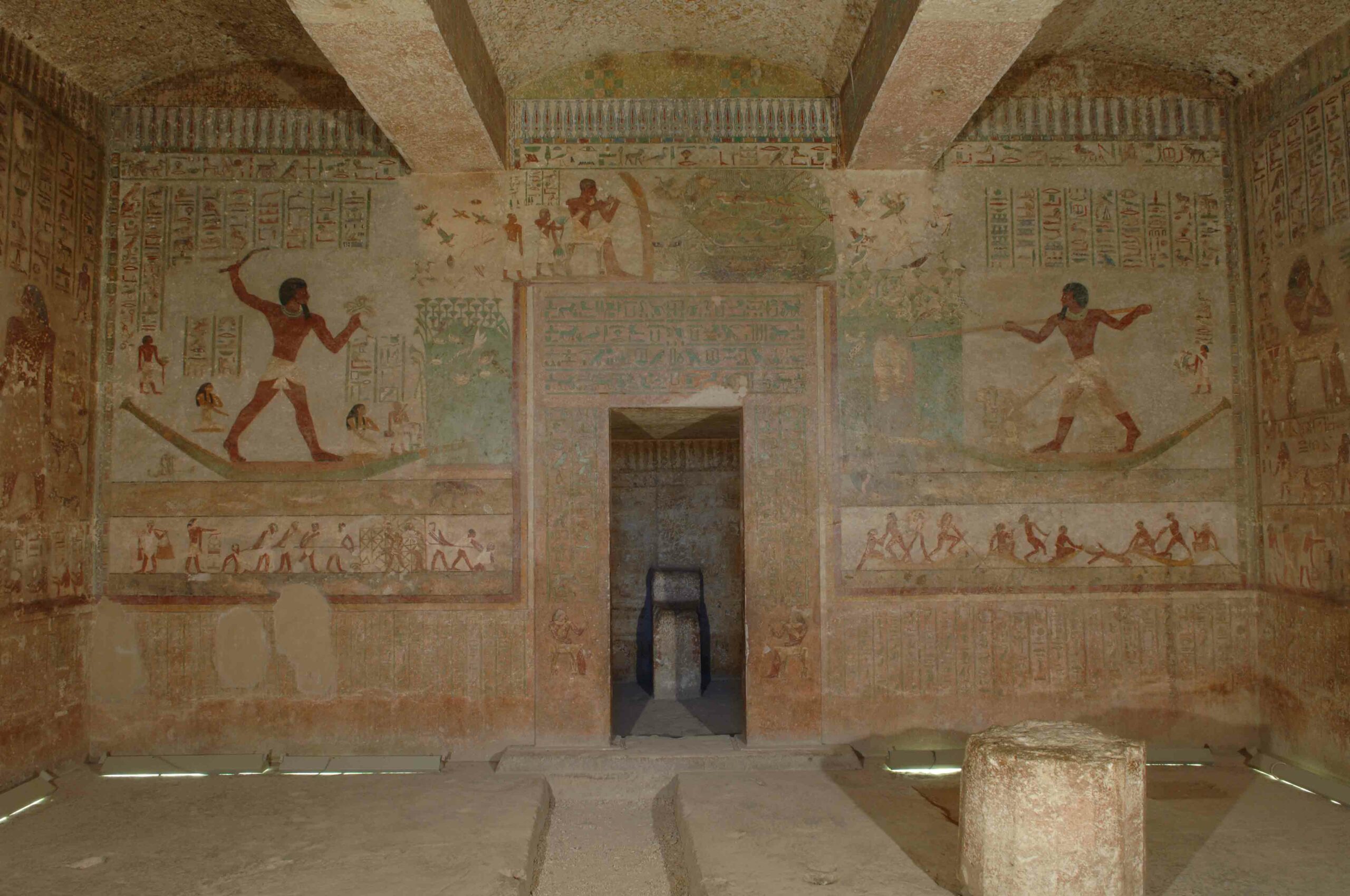NARA PREFECTURE, JAPAN—According to a report in The Asahi Shimbun, traces of a large structure built during the first half of the eighth century A.D. have been found at the Miyataki archaeological site in central Japan, near the banks of the Yoshinogawa River. Archaeologists think it may be the main building of the Yoshino no Miya palace, mentioned in historic records and poetry as a place frequented by emperors, based upon its size and design. Scholars have been looking for the palace for years, and assumed it had been placed safely far away from the river, in the mountains, with views of the river. “I previously thought the poem depicts the palace in an exaggerated way,” said Makoto Ueno of Nara University, “but Yoshino no Miya was likely a detached palace to enjoy the beauty of the Yoshinogawa just as depicted in the poetry.” Michio Maezono of the Nara College of Arts added that the placement of this building could have facilitated religious services to honor the river god. For more on archaeology in Japan, go to “Samurai Nest Egg.”
Possible Palace Found in Japan
News June 18, 2018
Recommended Articles
Features May/June 2025
Lost City of the Samurai
Archaeologists rediscover Ichijodani, a formidable stronghold that flourished amid medieval Japan’s brutal power struggles
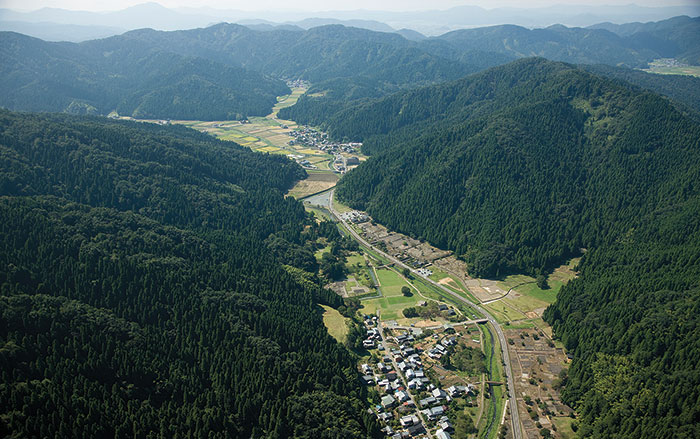
Digs & Discoveries March/April 2023
Weapons of Choice
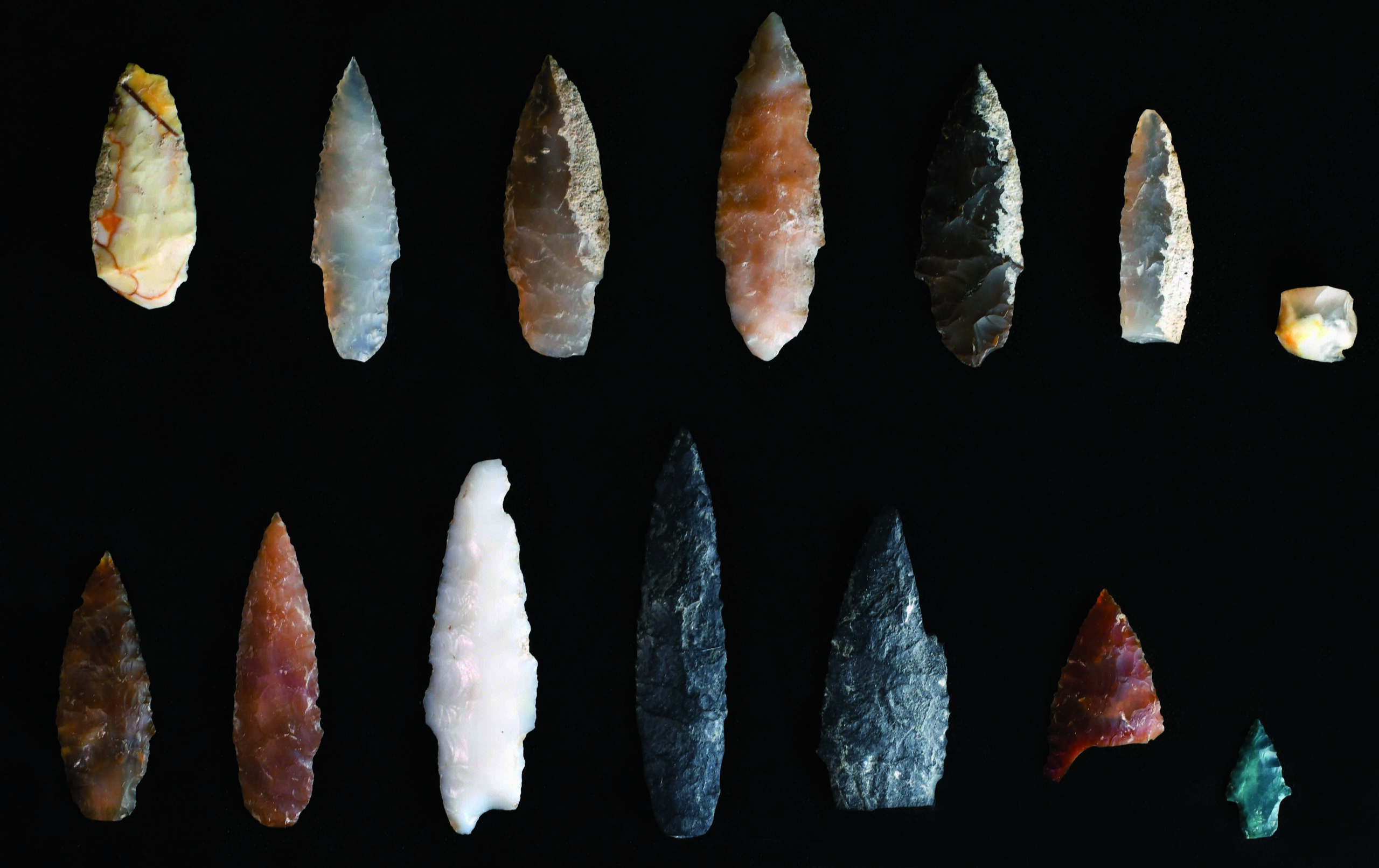
Digs & Discoveries January/February 2022
Japan's Genetic History
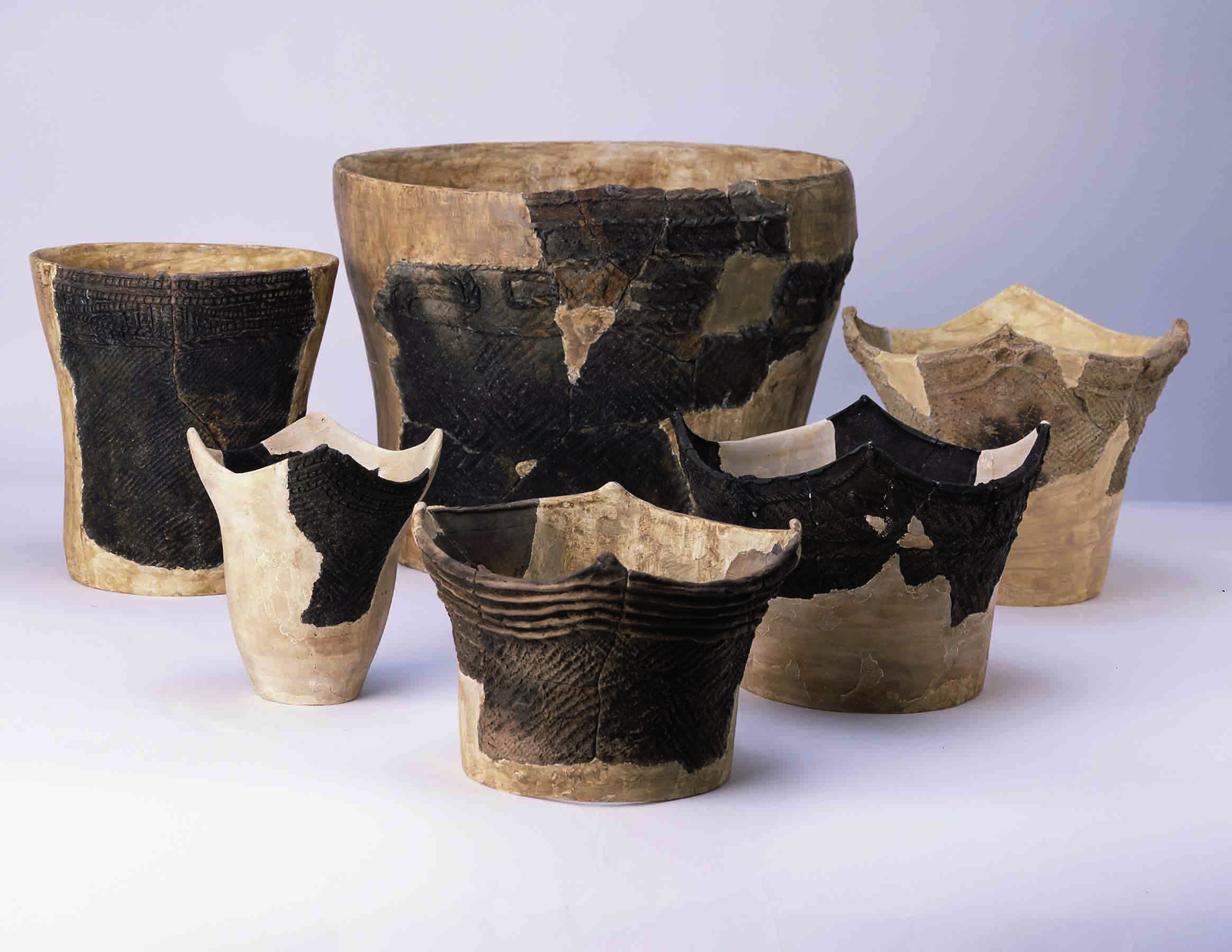
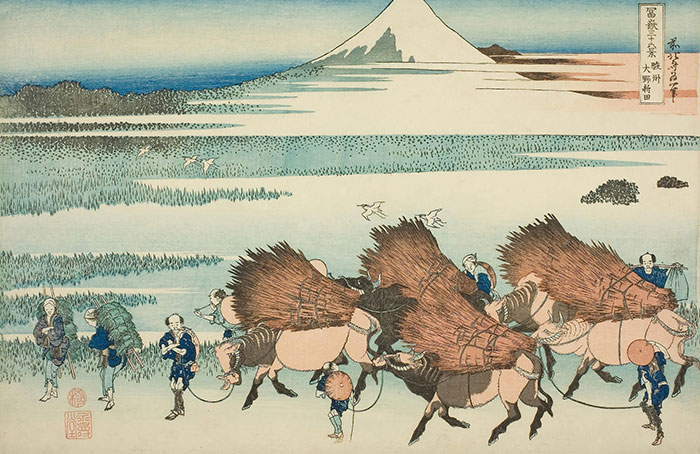
-
Features May/June 2018
Global Cargo
Found in the waters off a small Dutch island, a seventeenth-century shipwreck provides an unparalleled view of the golden age of European trade
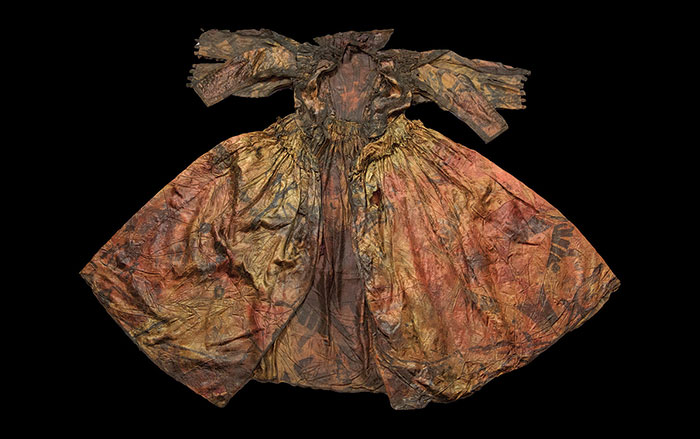 (Kees Zwaan/Courtesy Province of North Holland)
(Kees Zwaan/Courtesy Province of North Holland) -
Letter From the Philippines May/June 2018
One Grain at a Time
Archaeologists uncover evidence suggesting rice terraces helped the Ifugao resist Spanish colonization
 (Jon Arnold Images Ltd/Alamy Stock Photo)
(Jon Arnold Images Ltd/Alamy Stock Photo) -
Artifacts May/June 2018
Roman Sundial
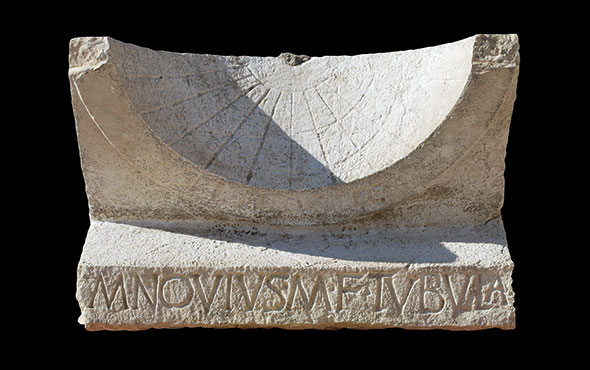 (Courtesy Alessandro Launaro)
(Courtesy Alessandro Launaro) -
Digs & Discoveries May/June 2018
Conquistador Contagion
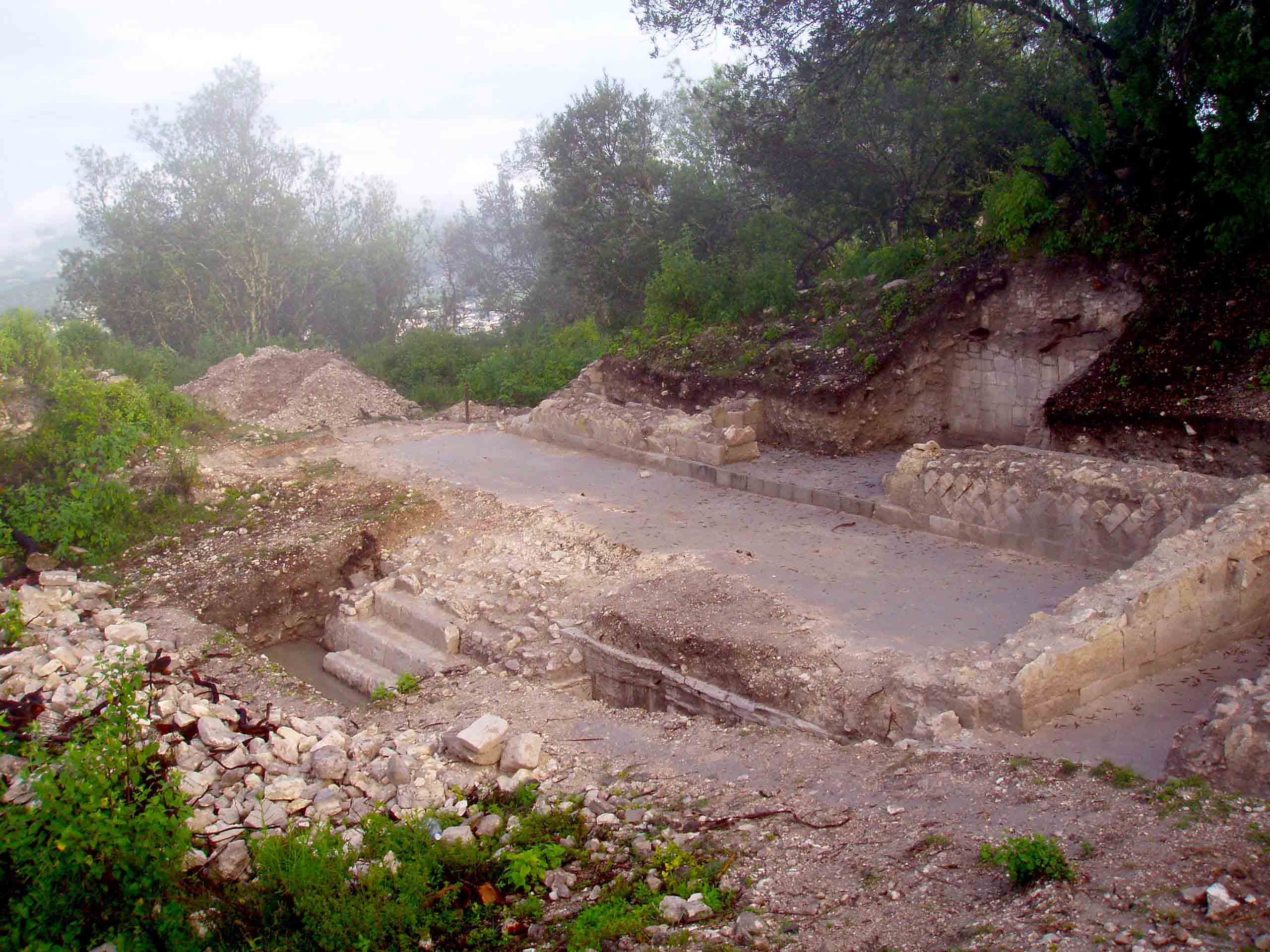 (Christina Warinner. Image courtesy of the Teposcolula-Yucundaa Archaeological Project)
(Christina Warinner. Image courtesy of the Teposcolula-Yucundaa Archaeological Project)


